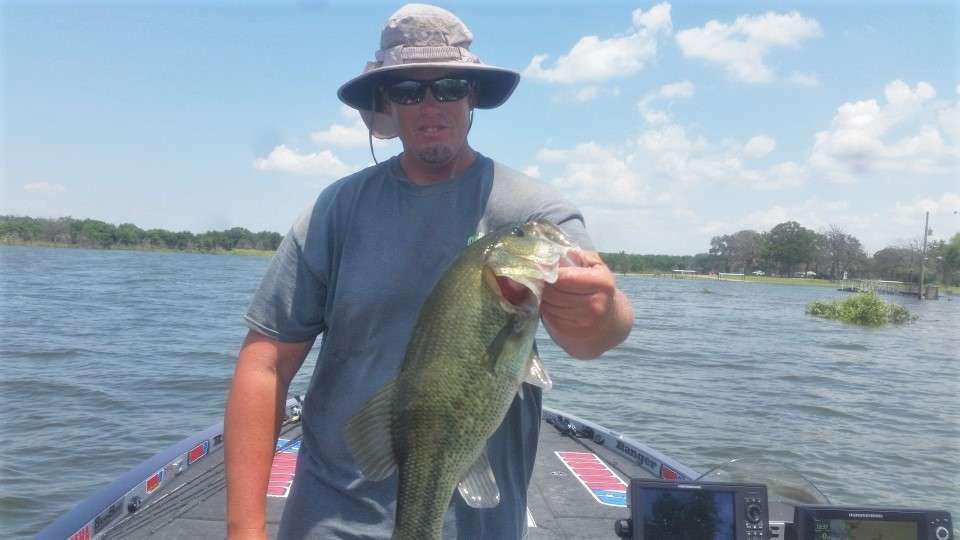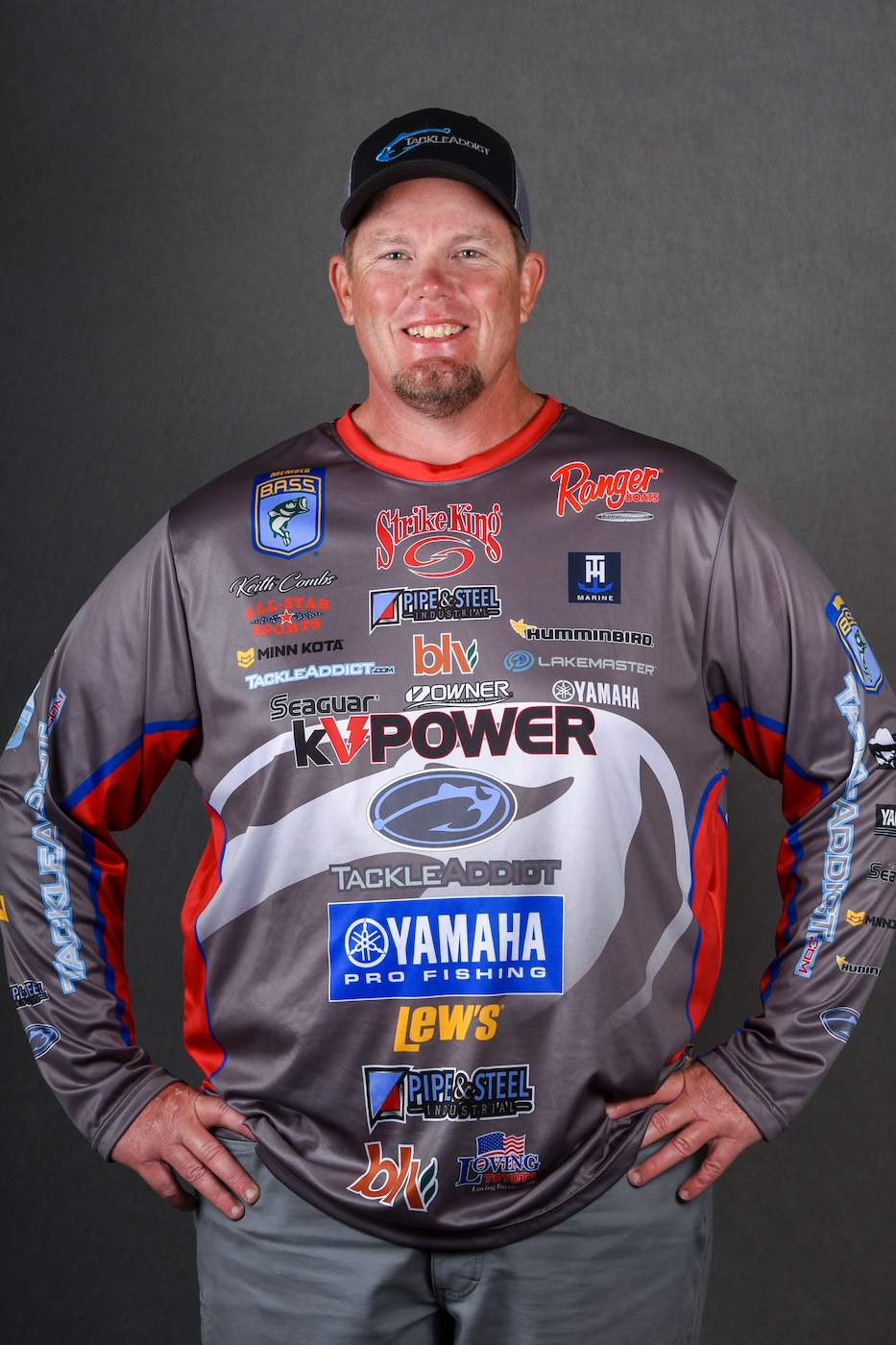
I went into the BASSfest event at Texoma with preconceived notions about how I was going to fish. While I didn’t necessarily think it would be easy under the extreme conditions, I expected to do pretty well flipping a heavy weight into the flooded willows.
Those notions went out the window on the first day of practice when I caught three fish all day. Then, with 30 minutes left before dark, I flipped my Strike King Rodent and 3/4-ounce tungsten weight into another willow. Once again, it didn’t produce a fish, but as I started reeling my lure in to make another cast a 6-pounder came up and ate it.
That night I had trouble falling asleep. I knew that I needed a solid finish to stay in a good position in the Toyota Bassmaster Angler of the Year race, but I wasn’t going to achieve that finish if my practice continued at the same pace. Eventually my mind worked back to something I heard when I was 14 or 15 years old. A local boat dealer was having an anniversary celebration and they’d invited a bunch of top pros in to give seminars. One of them was Dion Hibdon, who was already a star at that time and would later go on to win the 1997 Bassmaster Classic.
Dion’s most memorable quote that day was, “5-pounders don’t lie.” I never forgot that and in many ways it has guided my fishing career. What he meant is that while occasionally you can catch a random big fish, more often than not when you catch one, it’s telling you everything that you need to know to catch more big fish.
On the second practice day at Texoma I fished without success for about three hours before I ran back to where I’d caught that big fish. In the light of day, I unlocked the first clue: He wasn’t in the big willow tree. He was in a piece of buck brush. I’m still not sure why my fish were in that sort of cover when all of those big beautiful willows were available, but that’s where they were, up in the tops of them.
I started thinking about how and where that fish had bit, too. Since he was in the top of the bush, the 3/4 ounce weight pushed the lure right out of the strike zone. I switched to a 1/2 ounce version, and later to a 5/16 ounce weight, and with those changes the number of bites increased. The other change I made was from the Strike King Rodent to a Strike King Rage Bug, which has more of a swimming action. Once again, I started to get more bites. In fact, I went from getting just a handful of bites up to 30 or so each day. That’s a huge difference based on just one fish. It propelled me to a 16th place finish, and I feel like if I’d had more practice time I might’ve even done better. I spent too much time skipping over the good stuff and trying to force feed them a presentation that wasn’t ideal for the conditions.
The lessons that were hammered home to me at Texoma can be utilized by any angler at any level of competition. When you get your first big bite, really analyze it, because it just about always tells you the truth. Sometimes it’s harder to put the pieces of the puzzle together than it was for me at Texoma, but more times than not they’re telling you everything you need to know.

